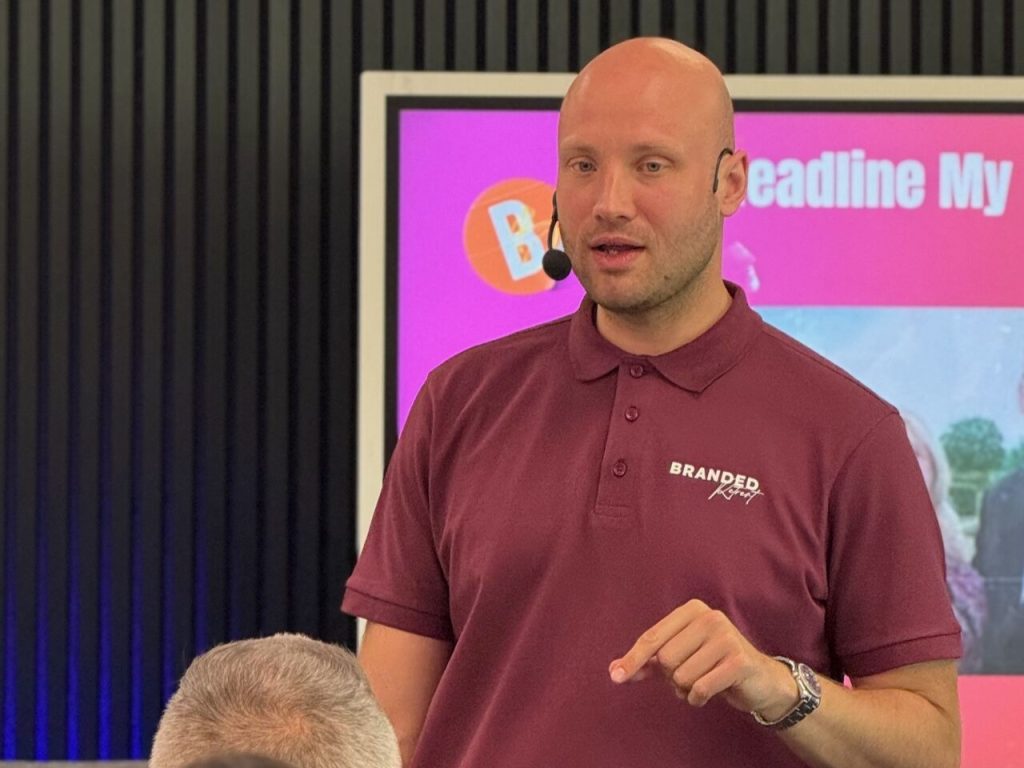Marketing in a Cost-of-Living Crisis: Why Slashing Prices is a Shortcut to Nowhere

Written by Ross Temple, Head Coach at Big Business Entrepreneurs
When times get tough and customers start checking their receipts like they’re decoding the Da Vinci Code, the obvious move for most businesses is to drop prices. Shout about a deal, lure in some sales, and hope things pick up.
Here’s the problem: discounting isn’t a strategy. It’s damage control. It might give you a bump in sales, but it chips away at your brand, your margins and your credibility. And once you start, it’s a slippery slope. The more you slash prices, the more people expect it. Before you know it, you’re stuck in the bargain bin alongside businesses that gave up on value.
So let’s talk about how to stay strong, sell smart, and actually grow during a cost-of-living crisis without turning into the local pound shop.
Price Cutting Cuts Confidence
Yes, discounting can feel like a quick win. But customers are savvy. They start thinking, “Was it ever worth full price in the first place?” That’s not a question you want them asking.
And once you go down that road, it’s hard to walk it back. You set a new expectation. Raise prices again, and suddenly you’re the villain. People feel like you’re punishing them for being loyal.
Add to that your rising costs like energy, materials, staff, and you’re in a squeeze. Keep slashing prices and you’ve got nothing left to invest, improve, or even keep the lights on. You can’t out-discount your way to growth.
Stand for Something More
Instead of shouting about how cheap you are, tell people what makes you worth it. What problem do you solve? What makes you better, faster, smarter, more reliable, more thoughtful?
Don’t get caught up in fluffy buzzwords. Be specific. Maybe your product lasts longer. Maybe your customer service is second to none. Maybe you support local makers, source ethically, or deliver results others just can’t match.
A coffee brand, for example, could ditch the “buy one get one” nonsense and lead with stories about where their beans come from and how they support communities. A clothing brand could focus on slow fashion, quality and style that lasts for years. Show people why your price is fair, and why cutting it would be doing everyone a disservice.
Innovate to Stay Relevant
This is not the time to go quiet. In fact, tough times are when the best businesses get creative.
You don’t need to reinvent the wheel. Just look for ways to add more value. Could you introduce a basic version of your service for price-conscious customers? Bundle items to make things more convenient? Offer payment plans to ease the pressure?
Think about what’s worrying your customers. Are they scared of wasting money? Unsure what to choose? Struggling to justify the spend? Answer those worries head-on. Small, thoughtful changes can add a lot of perceived value without touching your price tag.
And here’s something often overlooked; tell your story. Share why you do what you do. Let customers in on what makes your business tick. When people feel connected to your purpose, they care less about a tenner here or there.
Build Loyalty, Not Just Sales
Anyone can chase a one-time sale. But long-term growth comes from trust and loyalty.
Talk to your customers. Ask what they want. Respond like you actually care. Use social media, email, even good old-fashioned phone calls if needed. Be the brand that listens.
Go beyond points and perks. Give early access, create useful content, or simply check in to say thank you. Personal touches build real loyalty, and that matters even more when budgets are tight.
The businesses that come through this strong will be the ones that treated their customers like people, not transactions.
Purpose Still Pays
People want to buy from brands that stand for something. That doesn’t go out the window during a cost-of-living crisis. In fact, it matters more.
If you’re reducing your carbon footprint, supporting local projects, or donating to charity — share it. Not in a preachy way, but in a way that shows you care about more than just profit.
Younger consumers in particular are drawn to values. They want to see their money doing some good. Give them a reason to feel proud about buying from you.
Show, Don’t Just Tell
Saying “we’re great value” is easy. Proving it takes a bit more effort, but it’s worth it.
Use testimonials. Share case studies. Ask customers to show how they use your product or service in real life. These stories carry weight and build trust.
Go one step further and be helpful. Offer advice, tips, or how-to guides. Make life easier for your audience. If they feel smarter, more confident, or better informed because of you, you’re building a relationship that goes beyond a sale.
Final Thoughts: Don’t Race to the Bottom
Here’s the truth: cutting prices is easy. Standing your ground and growing your value? That takes guts.
But in the long run, it pays off.
So forget the endless sales. Clarify your message. Make your offer stronger. Strengthen relationships. Show people why you’re worth their hard-earned money.
That’s how you survive a cost-of-living crisis. More than that — it’s how you build a business that lasts, with a brand that people respect, remember and recommend.
You’ve got this. Now go out there and give them something worth paying for.
—
About the author



